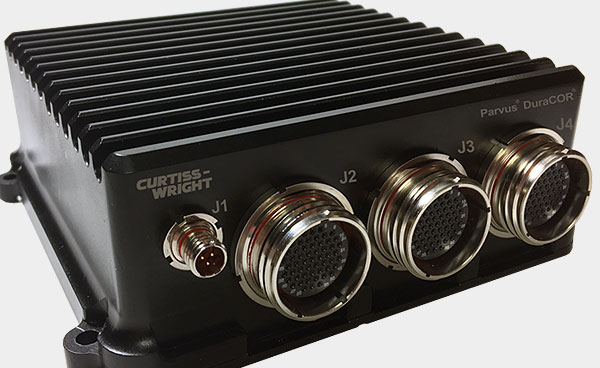
As unmanned vehicles become more powerful and complex, their electronics payloads must adapt to match new mission objectives.
This often forces aerospace and defense system integrators to push for reductions in size, weight, power, and cost (SWaP-C) of on-board line replaceable units (LRU).
Such was the case for a new variant of unmanned aerial vehicle (UAV) in development for the United States government for intelligence, surveillance, and reconnaissance (ISR) missions.
The UAV prime contractor began developing an airborne targeting system, which incorporated a large number of sensors and required 10 ultra-small form factor (USFF) mission computers per ship set for image processing.
The computers required multiple Gigabit Ethernet (GbE) ports and RS-422 serial interfaces, as well as GPU-cores compatible with NVIDIA?s CUDA? parallel processing environment.
The UAV also required two rugged Ethernet switches to connect these computers together on a local area network to share collected data.
Because the UAV would be flown in harsh conditions, these miniature computers and switches needed to operate under extended temperatures, high altitude, shock, and vibration common to airborne platforms.
The delivery schedule was also critical as the integrator had a tight deadline for a proof-of-concept flight demonstration.
Source: curtisswrightds.com
